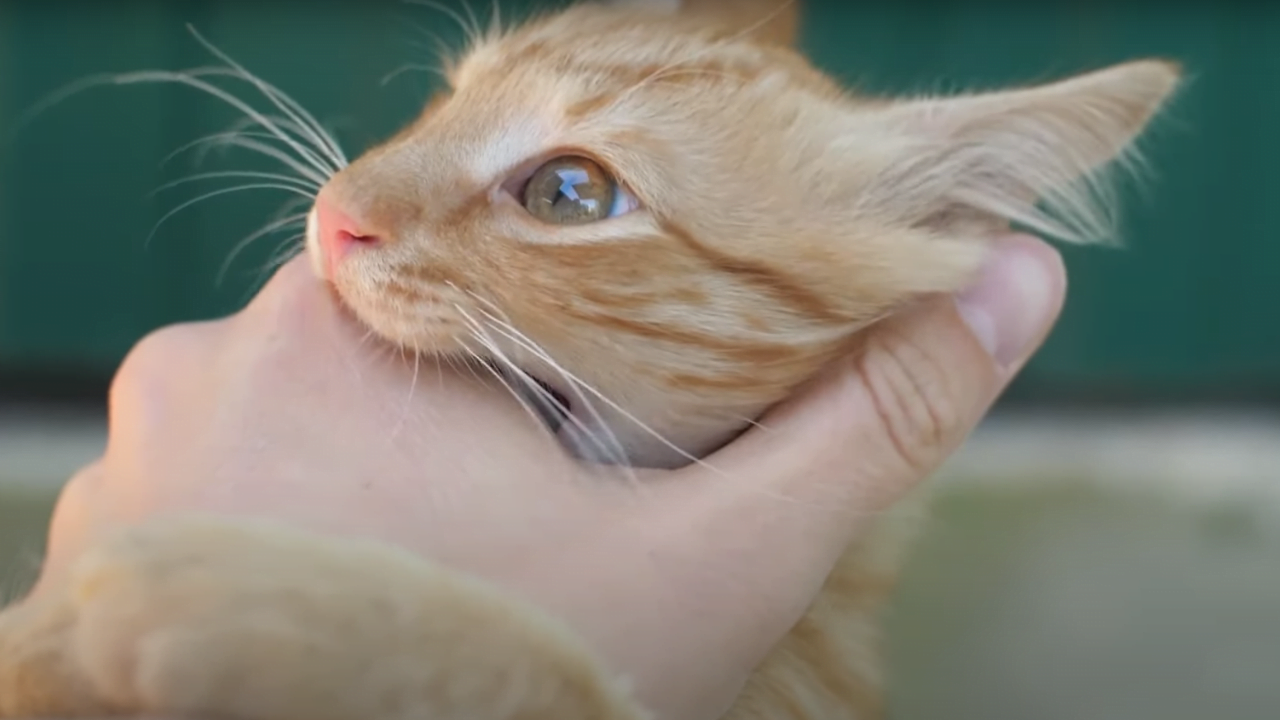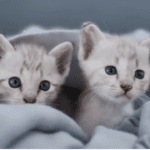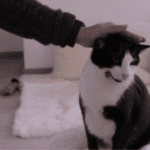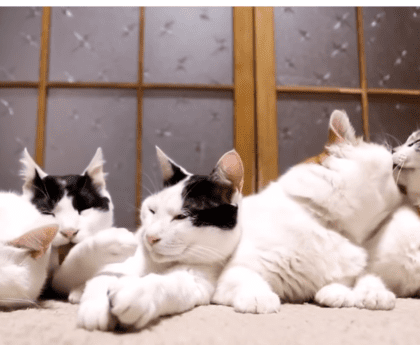- Why Do Cats Engage in Fake Chewing
- Introduction
- Unveiling the Mystery: What is Fake Chewing?
- The Instinctual Factor: Tracing Back to the Wild
- Communication and Expression: What Your Cat is Saying
- Responding to Fake Chewing: Tips for Cat Owners
- The Role of Play: Unveiling the Playful Side
- Cat’s Dental Health: A Subtle Clue
- Foster Understanding: Strengthening the Connection
- Embrace the Quirkiness: Celebrate Individuality
- Final Thoughts
- Introduction
Why Do Cats Engage in Fake Chewing
Introduction
Cats are undoubtedly some of the most intriguing and enigmatic creatures on our planet. Their behaviors range from the adorable to the baffling, and one behavior that often falls in the latter category is “fake chewing.” If you’ve ever observed your cat seemingly gnawing on an object without actually eating it, you’re not alone.
This peculiar behavior, though perplexing at first glance, holds its own set of explanations rooted in a combination of instinct, sensory exploration, and communication. In this article, we’re diving deep into the world of cats and their fake chewing tendencies to unravel the mysteries behind this curious conduct.
Unveiling the Mystery: What is Fake Chewing?
Defining the Behavior
Fake chewing, as the name suggests, is the act of a cat mimicking the motion of chewing on an object without actually consuming it. This behavior can manifest in various ways, such as lightly biting on cords, paper, or even your hand, all while making chewing motions.
While it might leave us scratching our heads, there are several intriguing reasons behind this quirky behavior.
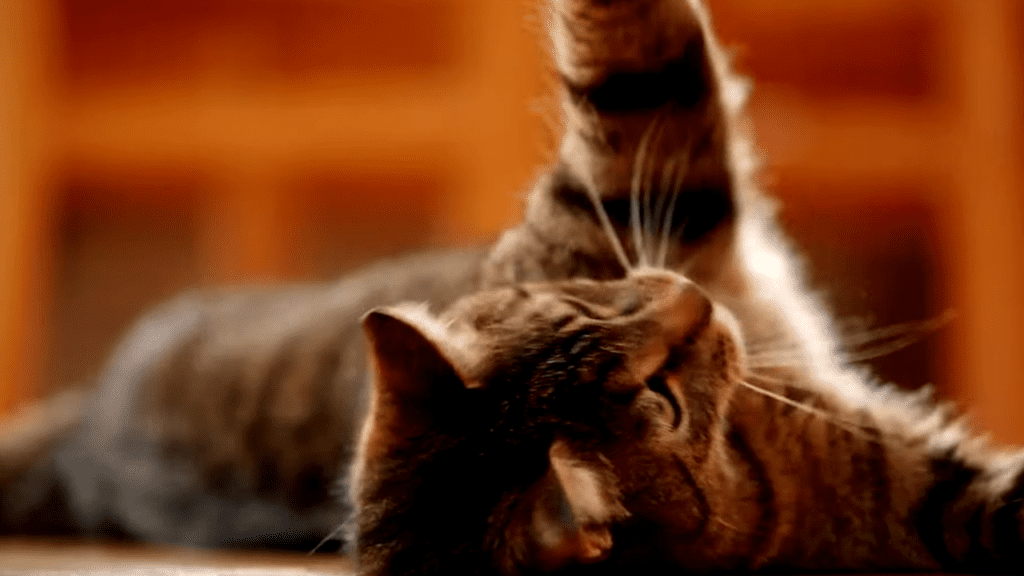

The Instinctual Factor: Tracing Back to the Wild
Hunting Practice
At the heart of fake chewing lies an instinct that harkens back to your cat’s wild ancestors. The chewing motion closely resembles the actions involved in dispatching and consuming prey.
In the wild, cats engage in this behavior to weaken the muscles and bones of their catch before consuming it. Even though our domesticated feline friends are far removed from the wild, this instinctual memory is imprinted in their genetic makeup, prompting them to engage in fake chewing as a way to practice and maintain their hunting skills.
Sensory Exploration
Cats experience the world largely through their senses, and their mouths are no exception. Fake chewing allows cats to explore different textures and tastes, satisfying their curiosity about the objects around them.
This sensory exploration is akin to how human babies put everything in their mouths to understand their environment better. For cats, fake chewing can be a way to gather information about an object’s taste, smell, and texture, all through a seemingly playful act.
Communication and Expression: What Your Cat is Saying
Attention Seeking
Cats are clever beings and often find unique ways to capture our attention.
Fake chewing can be a subtle form of seeking your attention. If your cat notices that you react when they engage in this behavior, they might use it as a means to engage you in play or receive affection. By understanding their actions and responding positively, you reinforce the bond you share with your feline friend.
Stress and Anxiety Relief
Cats, like humans, can experience stress and anxiety. Fake chewing might serve as a coping mechanism during times of heightened emotions.
Chewing or mouthing objects can release tension and provide comfort, much like stress balls do for humans.
If you notice your cat engaging in fake chewing more frequently during certain situations, such as when visitors are around or during thunderstorms, it could be a sign that they’re trying to manage their stress levels.
Responding to Fake Chewing: Tips for Cat Owners
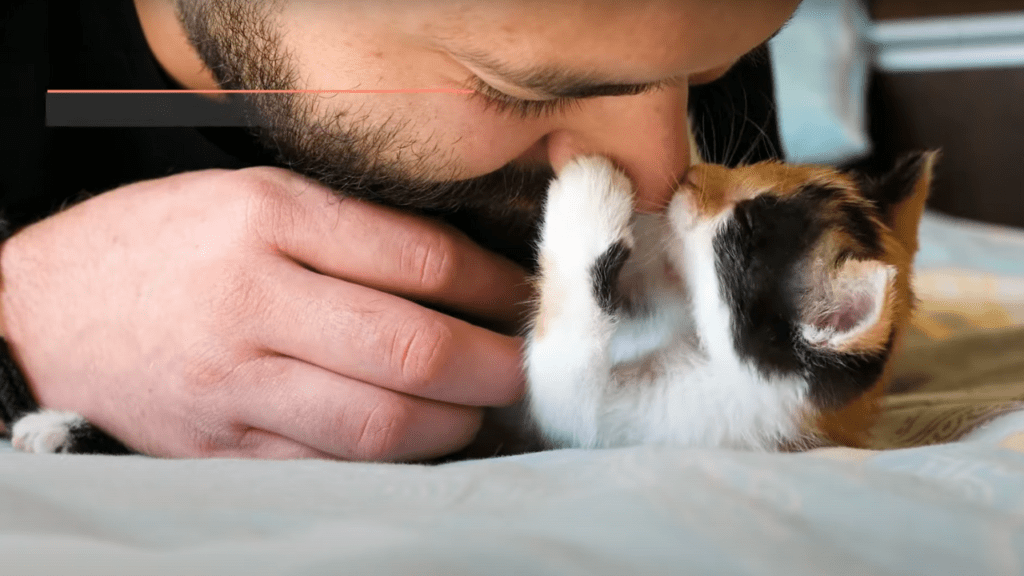

Understanding the underlying reasons behind your cat’s fake chewing is the first step toward fostering a harmonious relationship. Here are a few tips to help you navigate this behavior:
Provide Enrichment
Offer a variety of toys that stimulate your cat’s senses, providing an outlet for their curiosity and natural instincts.
Supervise Play
If your cat is fake chewing on objects that could be harmful, like cords, intervene gently and redirect their attention to a safe and appropriate toy.
Interactive Playtime
Engage your cat in interactive play sessions to satiate their hunting instincts and provide mental stimulation.
Create a Safe Environment
Designate cat-friendly areas where your feline friend can explore and interact with different textures and objects without any risk
The Role of Play: Unveiling the Playful Side
Imitating Play
Cats are known for their playful nature, and fake chewing could be an extension of their playtime activities.
Just like kittens engage in mock fights to hone their hunting and fighting skills, fake chewing might be a playful imitation of chewing during a successful “hunt.” This behavior can be observed especially in young cats or those with a more exuberant personality.
Interactive Bonding
When your cat indulges in fake chewing while interacting with you, they might be inviting you to join in the play. Cats often mimic behaviors they’ve seen in their human companions.
By reciprocating their actions with gentle interaction and play, you’re not only satisfying their social needs but also building a stronger bond.
Cat’s Dental Health: A Subtle Clue
Dental Discomfort
In some cases, fake chewing could signal dental discomfort. Cats may gnaw on objects as a way to alleviate pain or discomfort in their mouths. If you notice your cat excessively engaging in fake chewing, it’s worth examining their dental health. Dental issues are common in cats, and a visit to the veterinarian might be necessary to rule out any problems.
Teething Kittens
Kittens, like human babies, go through a teething phase. During this time, they might engage in more chewing behaviors to relieve the discomfort of new teeth emerging.
Providing appropriate chew toys designed for kittens can help them navigate this phase without causing damage to your belongings.
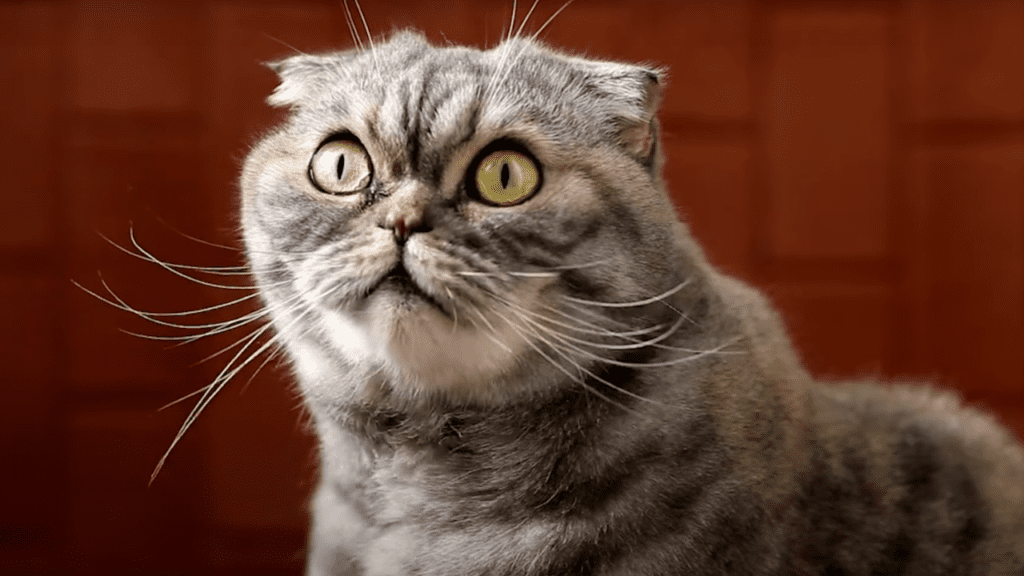

Foster Understanding: Strengthening the Connection
Patient Observation
Observing your cat’s fake chewing patterns and the situations that trigger them can offer valuable insights. Keep a watchful eye on when and where this behavior occurs. Is it during playtime, in the presence of visitors, or in specific environments? Understanding the context can guide you in responding appropriately.
Healthy Outlets
To address the underlying instincts that drive fake chewing, provide your cat with a range of toys that encourage chewing and biting. Toys with different textures, such as soft fabric or rubber, can satisfy their need for sensory exploration and play.
Regular Vet Visits
As responsible cat owners, regular veterinary check-ups are crucial. Discuss your cat’s behavior during these visits, and if you have concerns about dental health or stress-related behaviors, your veterinarian can provide guidance and solutions.
Embrace the Quirkiness: Celebrate Individuality
As we delve into the captivating realm of fake chewing, it’s important to remember that each cat is unique. Just as humans have their quirks and habits, so do our feline companions. Embracing these behaviors with patience and understanding strengthens the bond you share and creates a harmonious living environment.


Final Thoughts
The world of cats is an intricate mosaic of behaviors that reflect their ancestry, instincts, and personalities. Fake chewing, although seemingly peculiar, is a symphony of reasons ranging from playfulness and curiosity to communication and dental health.
In conclusion, the next time you catch your cat engaging in this quirky behavior, you’ll know that it’s not just a random act—it’s a glimpse into their multifaceted nature. By embracing their quirks and understanding their motivations, you’re embarking on a journey of deeper companionship—one that weaves together the threads of instinct, play, and love.
As we continue to decode the intricate behaviors of our feline friends, we come to appreciate the vast spectrum of their world—a world where fake chewing is a testament to their individuality and the remarkable bond they share with us.

